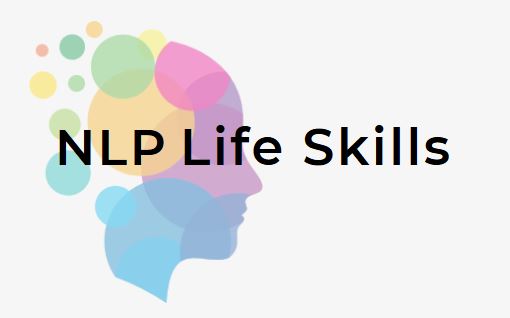Quite often people get stuck in a rut. They’re thoughts will loop and swir, eventuallyl around arriving at the same point. You’ve probably seen this with friends or co-workers. Often you can see the solution to a problem but they simply can’t or won’t consider a different outcome. The process of Reframing may help them.
The 6-step reframe process in NLP (Neuro-Linguistic Programming) is a technique used to change the way someone thinks about a particular issue or situation. The process can be used to shift someone’s perspective or change their emotional state to help them have more available choices. Here are the steps of the 6-step reframe process:
- Identify the problematic behavior or thought: The first step is to identify the behavior or thought that you would like to change. This could be a limiting belief, a negative emotional state, or a behavior that is causing problems in someone’s life.
- Establish rapport: The second step is to establish rapport with the person you would like to reframe. This can be done by using rapport-building techniques, such as matching and mirroring their body language, tone of voice, and pace of speech. By establishing rapport, you create a sense of trust and cooperation, which is essential for the reframe process to be effective.
- Gain rapport: The third step is to gain rapport with the person’s internal experience. This involves using NLP language patterns and rapport-building techniques to help the person understand that you understand and accept their perspective.
- Reframe the perspective: The fourth step is to reframe the person’s perspective. This involves presenting a different way of looking at the issue, shifting the focus away from the problematic behavior or thought. By doing this, you can change the way the person sees the situation, and alter their emotional state or behavior.
- Anchor the new perspective: The fifth step is to anchor the new perspective. This involves using NLP techniques, such as anchoring, to ensure that the new perspective is strongly associated with positive emotions and experiences.
- Evaluate the results: The final step is to evaluate the results of the reframe process. This involves observing the person’s behavior and emotional state to see if the reframe has been effective, and to make any necessary adjustments to the process.




